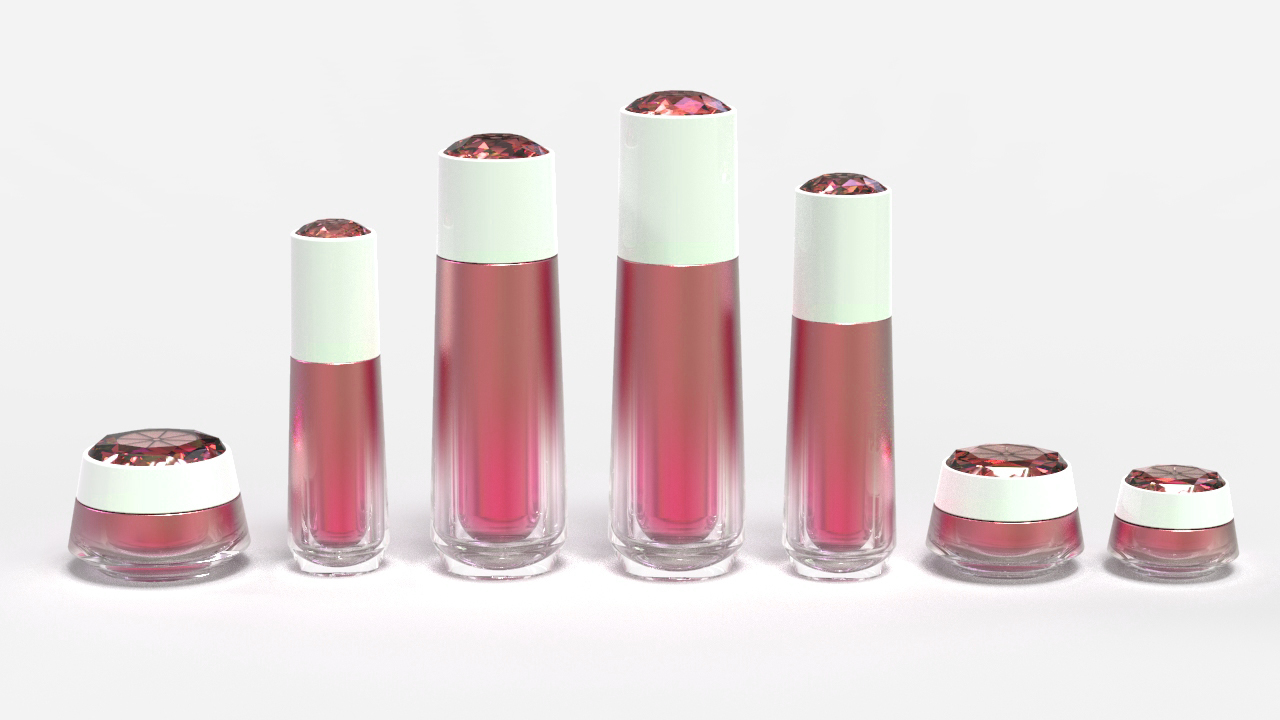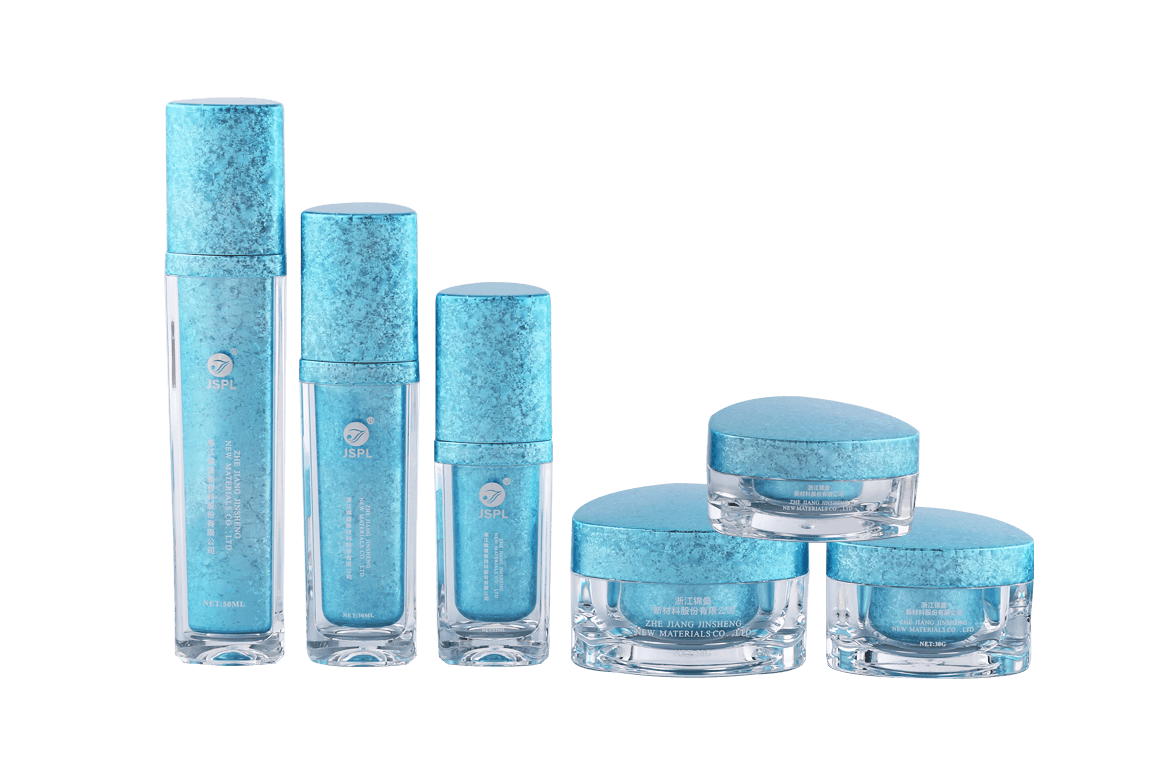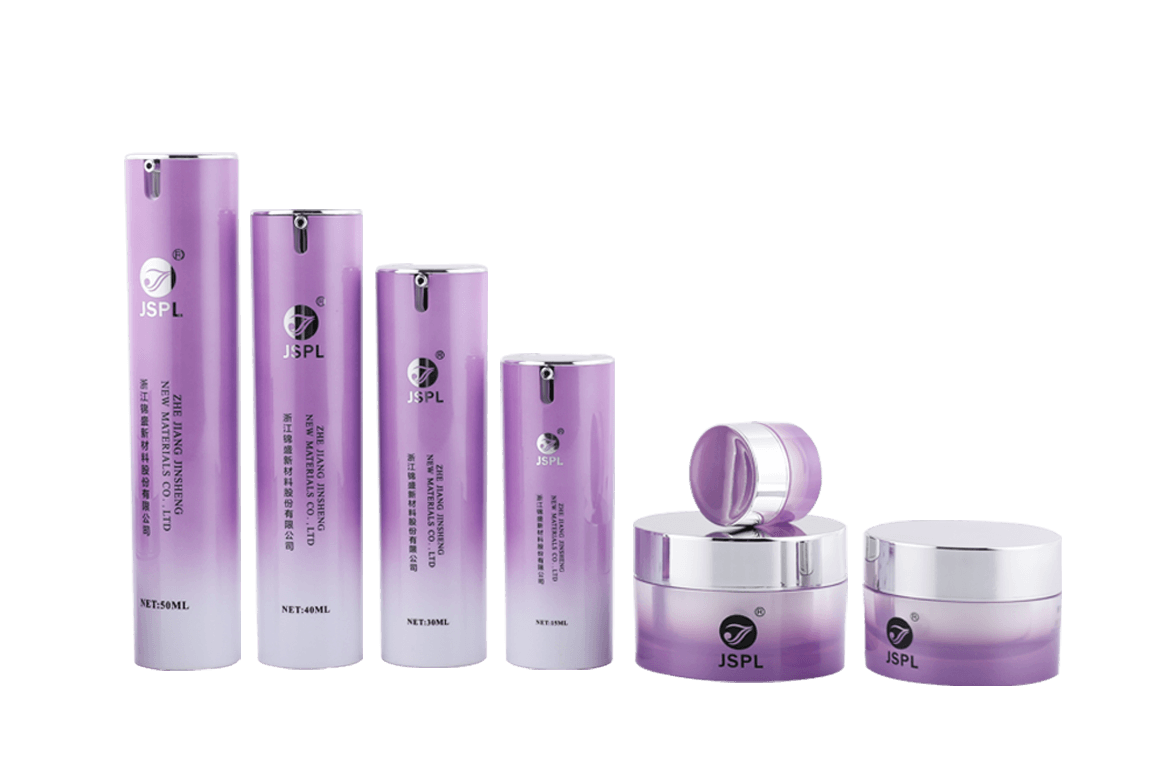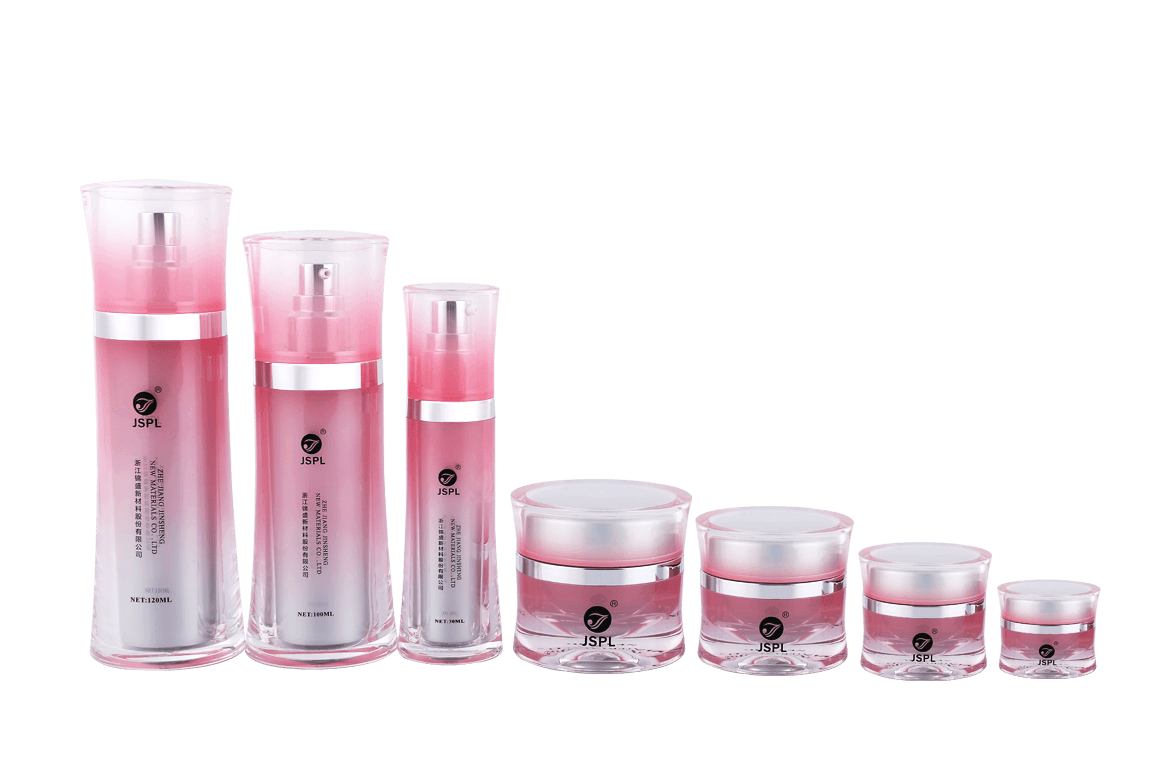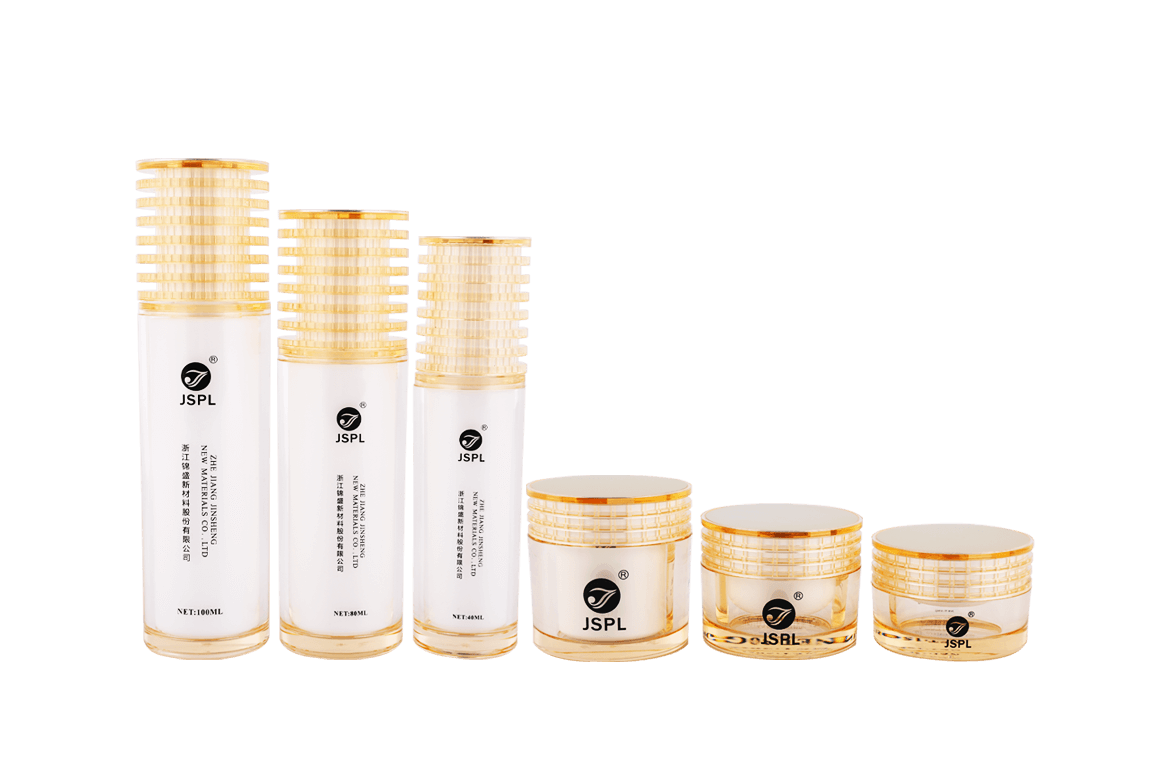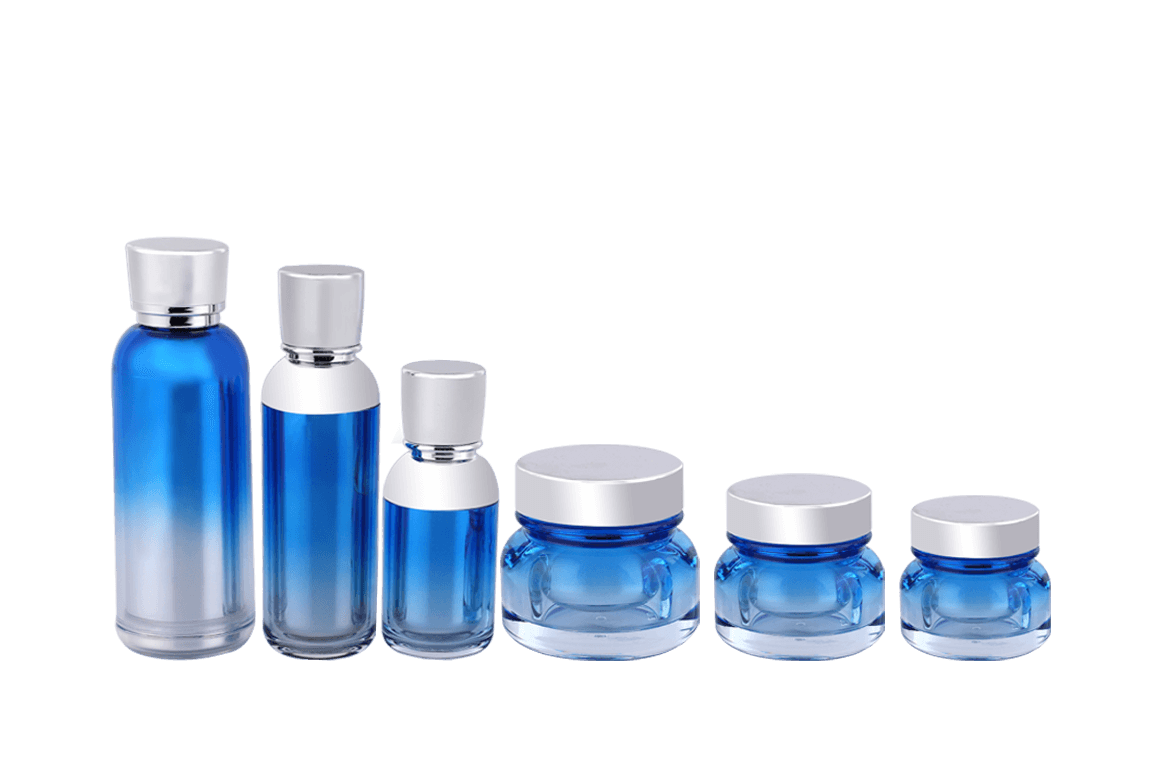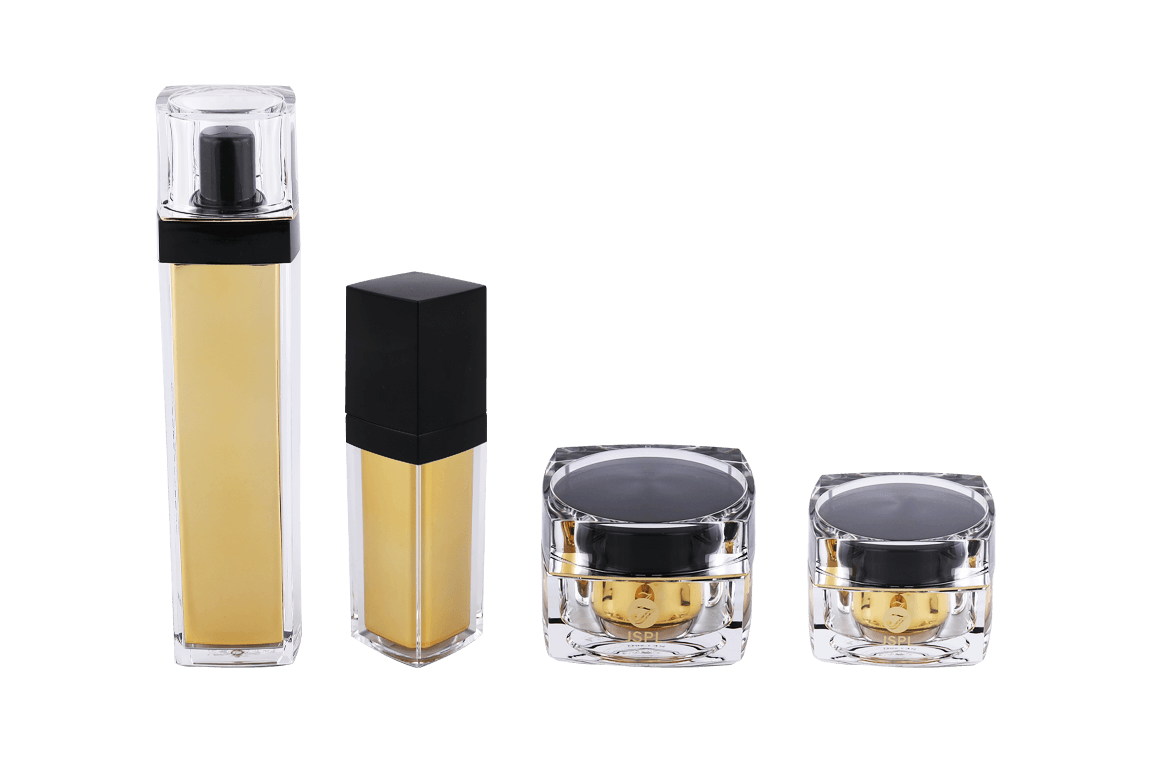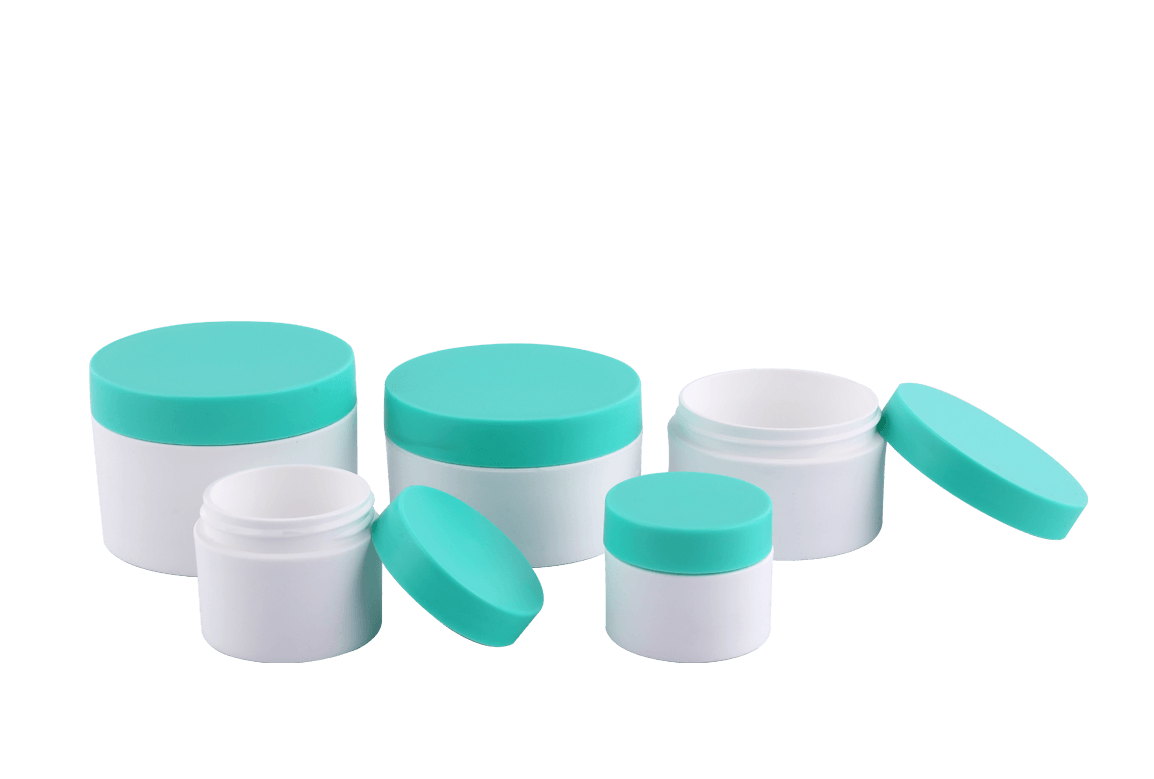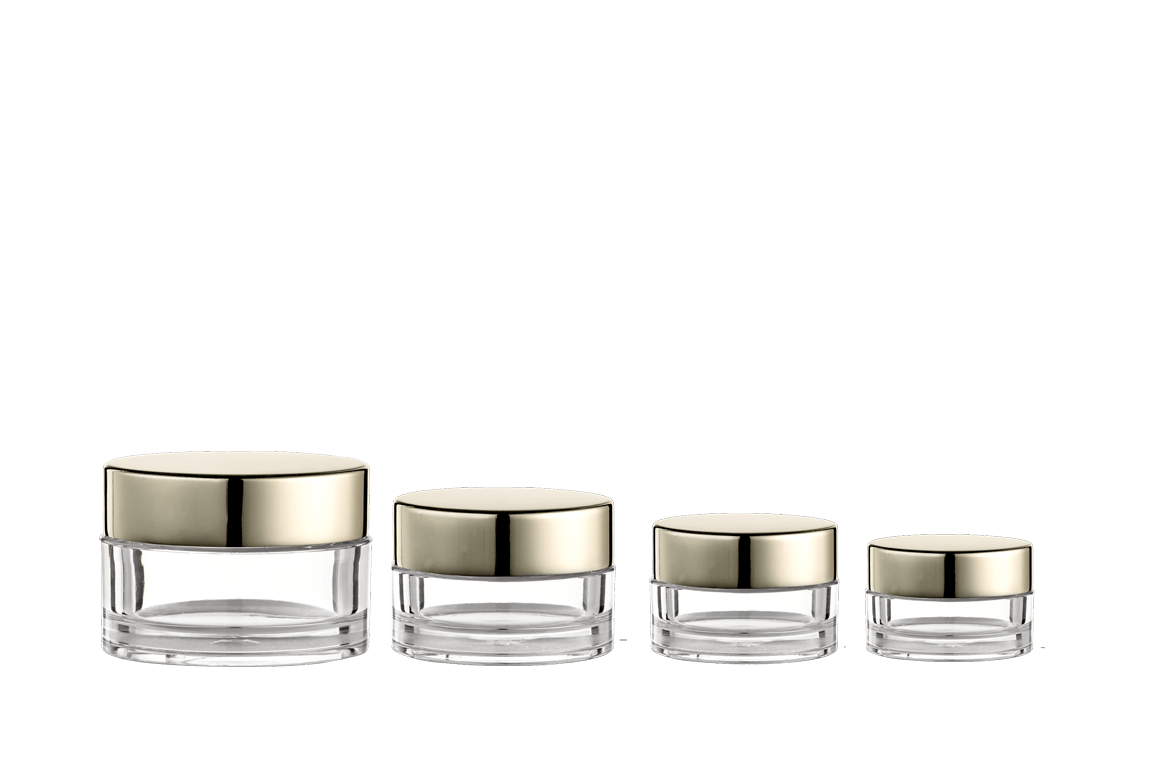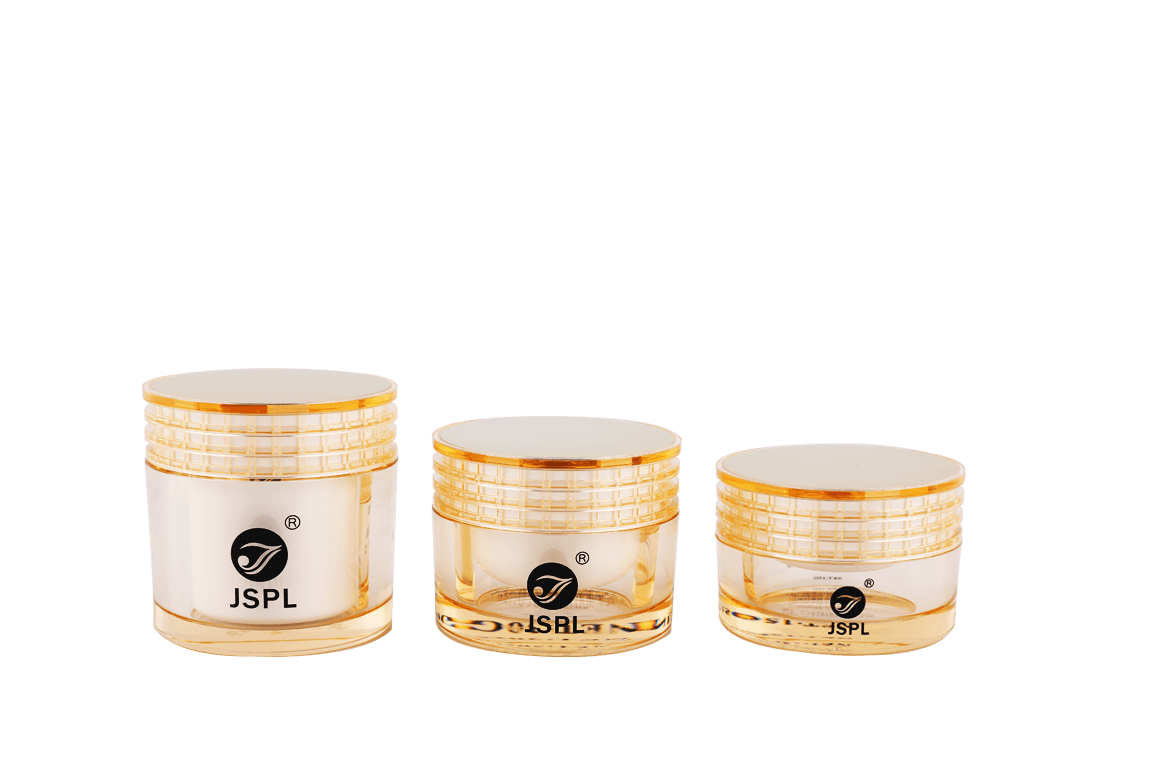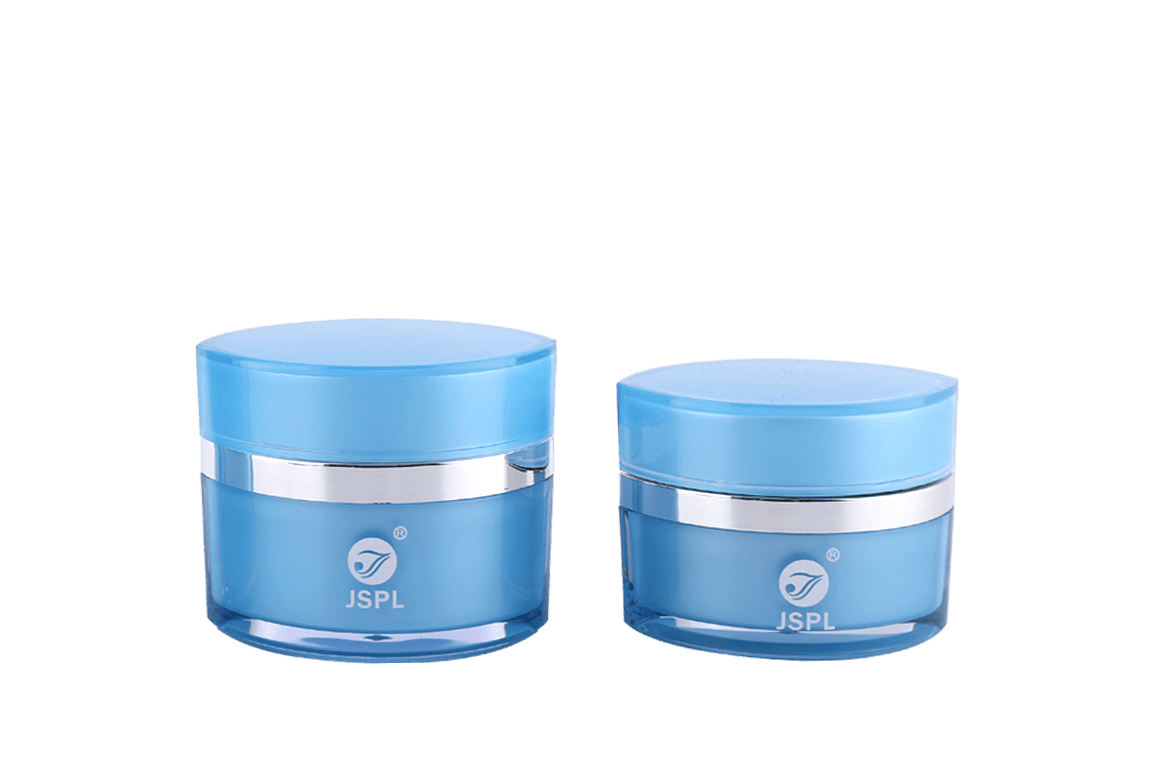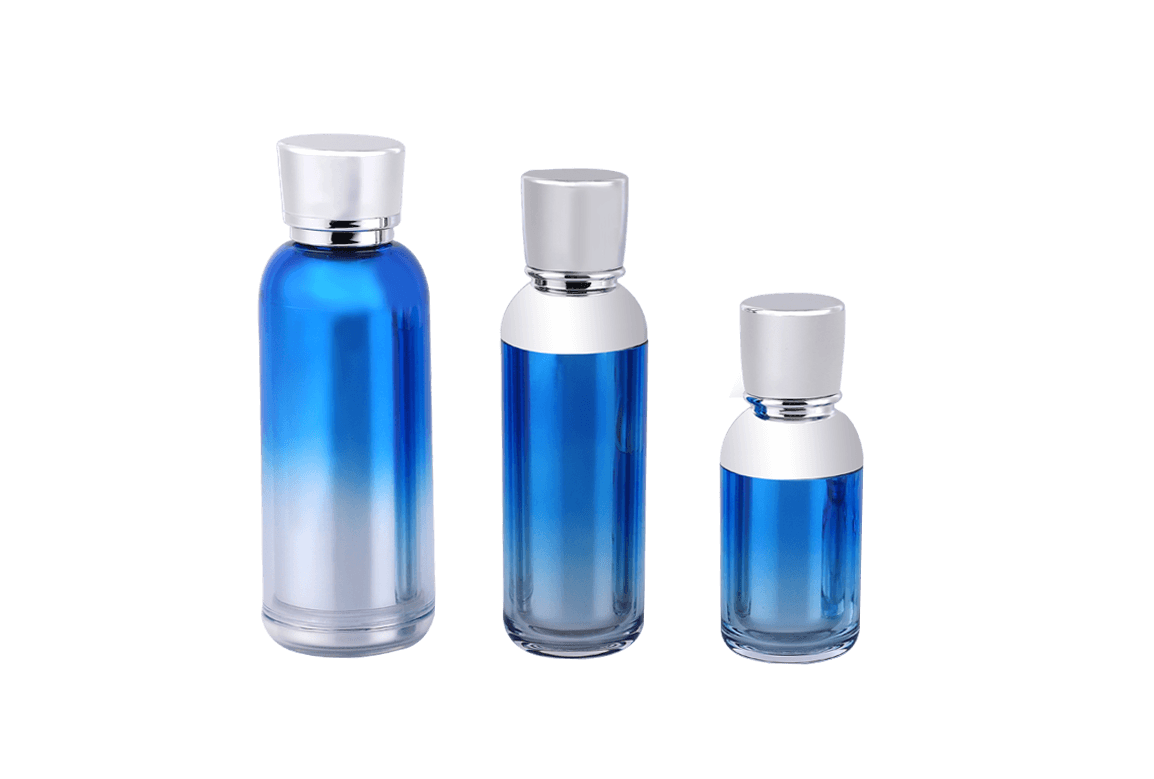Enhancing product stability in acrylic cream jars is crucial to ensure that your skincare or cosmetic products maintain their quality and effectiveness over time. Here are some key strategies to achieve this:
Formulate for Stability:
Start with a well-formulated product that incorporates stable ingredients. Avoid using highly sensitive or unstable compounds that are prone to degradation, such as certain vitamins and antioxidants.
Use Appropriate Preservatives:
Select effective preservatives to prevent microbial growth and contamination within the acrylic cream jar. Proper preservation helps maintain product integrity and shelf life.
Control pH Levels:
Ensure that the pH level of your product falls within the recommended range. Extremes in pH can lead to ingredient degradation and instability.
Minimize Air Exposure:
Choose packaging designs that minimize air exposure. Acrylic cream jars with airless pump mechanisms or vacuum seals are effective in preventing air from entering the container, which can lead to oxidation and degradation.
Consider UV-Resistant Acrylic:
As discussed earlier, UV-resistant acrylic cream jars can help protect light-sensitive ingredients from UV radiation, which can cause photooxidation and degrade the product. This is especially important for products stored in clear or transparent packaging.
Package in a Controlled Environment:
Ensure that the filling and packaging processes take place in a controlled environment with minimal exposure to light and contaminants. Proper cleanliness and hygiene are essential during this stage.
Avoid Overfilling:
Do not overfill the acrylic cream jars, as this can lead to product residue on the threads of the jar and increased air exposure when the lid is closed. Leave some space at the top to minimize the risk of contamination and maintain an airtight seal.
Use High-Quality Seals and Closures:
Choose high-quality lids, caps, and seals for your acrylic cream jars. Inspect them regularly to ensure they are functioning correctly and providing a tight seal to prevent air from entering.
Conduct Stability Testing:
Regularly perform stability testing on your products under various conditions, including temperature extremes, to assess their resilience and shelf life. This testing can help identify potential issues and inform adjustments to your formulation or packaging.
Label with Expiration Dates:
Clearly label your acrylic cream jars with expiration dates or batch codes to help consumers understand when a product should no longer be used. This transparency builds trust and ensures that consumers use products within their effective period.
Educate Consumers:
Provide usage instructions and storage recommendations to consumers. Encourage them to store the product in a cool, dry place away from direct sunlight and to keep the lid tightly closed when not in use.
Monitor for Changes:
Regularly inspect your products for any changes in color, texture, odor, or efficacy. If you notice any signs of instability, investigate and take appropriate corrective actions.
Consider Secondary Packaging:
Depending on the sensitivity of your product, you may consider using secondary packaging, such as a box or outer container, to provide an extra layer of protection against light and temperature fluctuations.
Control Temperature and Humidity:
Store your products in a controlled environment with stable temperature and humidity levels. Extremes in temperature and humidity can accelerate product degradation.
Invest in Quality Assurance:
Implement robust quality control and quality assurance processes throughout the manufacturing and packaging stages to ensure product stability and consistency.

 Chinese
Chinese España
España Italia
Italia Le français
Le français